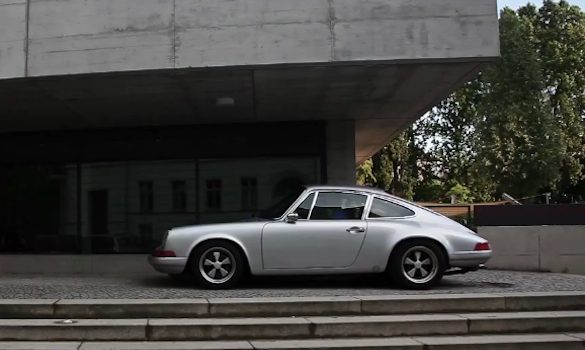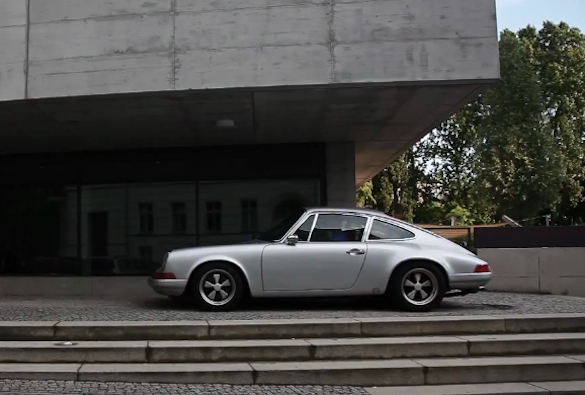The more complex and sophisticated a product (or a society) gets, the more we look back to simpler things and simpler times. By day, Achim Ancsceidt is the head designer for Bugatti, an automobile brand that strives to push the boundaries of what is possible with an engine, four wheels and a chassis. In his down time, Anscheidt’s automotive love is the near polar opposite of a Veyron: he drives a uniquely modified 1981 Porsche 911.
Since weight is the enemy of performance, Anscheidt replaced steel body panels with Kevlar ones, replaced glass windows with plastic, gutted the interior and stripped out the engine bay. Don’t look for creature comforts, since his 911 probably never had air conditioning, and the heater has since been removed in the interest of weight saving. It’s become, in Anscheidt’s eyes, the automotive equivalent of a fixed-gear bicycle, and it tips the scales at an impressive 820 kilograms (1,804 pounds).
We drive some seventy or eighty cars annually here, and the common denominator is that each grows increasingly complex year upon year. While we never looked at vintage 911s with much interest before, their mechanical simplicity, brilliant design and superior handling is forcing us to rethink our position. Rather than buying a computer-controlled car with gobs of horsepower and features we’ll never use, there’s an undeniable appeal to a car that’s little more than four wheels, an engine and a soul.




